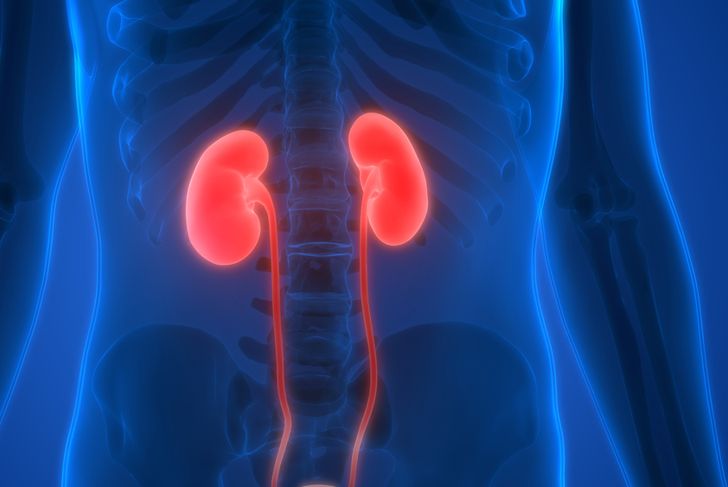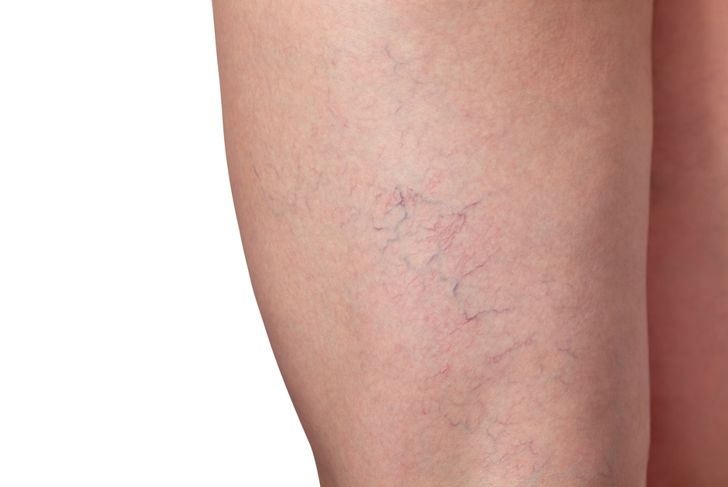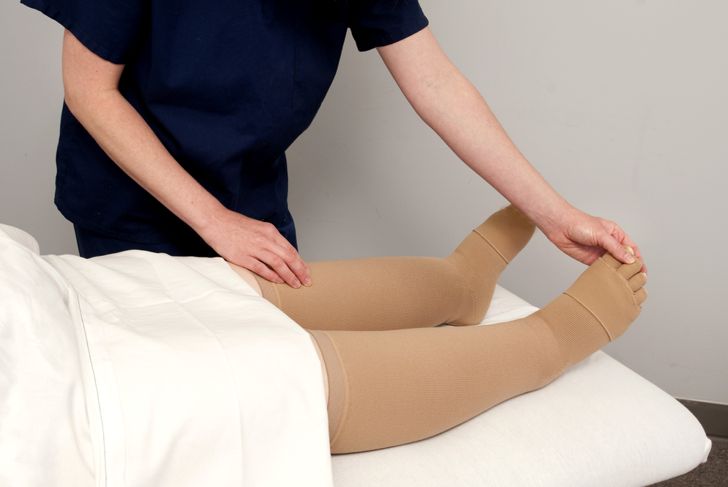Swollen feet can be symptomatic of any number of diseases, depending on the severity and duration of the issue. Swelling from deep vein thrombosis or heart failure requires immediate treatment, as these conditions can be life-threatening, but other possible causes are less severe. Often, the most likely causes depend on age. Men over 50 are most likely to get swollen feet and legs from chronic venous insufficiency, an inability of the heart to pump sufficient blood to tissues in the legs and feet. Women under the age of 40 are much more likely to develop swollen feet related to pregnancy or the monthly hormone cycles.
Trauma
Traumatic swelling of the foot occurs after an injury. When this happens, the blood may start to leave the blood vessels, forming a hematoma. Usually, a hematoma has a fluid consistency that becomes more solid as the blood begins to thicken. If a sudden injury affects a joint, dislocation can occur, leading to bruising in the skin over the joint as well as severe pain and visible deformity.
Heart Diseases
Feet edema and swelling characterize congestive heart failure. Edema is the abnormal collection of fluid in body tissues. In congestive heart failure, the heart weakens and pumps blood less effectively, and as a result, there will be a fluid build-up. Due to the effects of gravity, edema is prominent in the feet and legs. However, if the fluid builds up quickly, it may accumulate in the lungs, as well. If heart failure affects the right side of the heart, edema (swelling) can develop in the abdomen, too. Treating the underlying cause of the edema (heart disease) will treat the swelling. Doctors may treat congestive heart failure with vasodilator and diuretic medications.
Kidney Diseases
The kidney is responsible for removing waste from the body. As such, kidney disease renders the body unable to rid itself of excess fluid. Advanced kidney disease can lead to the accumulation of certain chemicals inside the bloodstream, including albumin. Plasma proteins like albumin are crucial elements in the regulation of fluid volume inside the bloodstream. The nephrotic syndrome describes low blood albumin levels, elevated blood lipids, extreme swelling, weight gain, fatigue, and foamy urine. An increase in the protein albumin can trigger the onset of nephrotic syndrome. If the excess fluid leaks into the spaces within the tissues, swelling can result. The most common sites of swelling due to kidney disease are the eye and the legs.
Liver Disease
A healthy liver helps maintain normal albumin levels to help regulate the volume and consistency of the blood. However, a diseased liver is not capable of producing an adequate amount of the chemical to keep the body in balance. This disproportion can lead to excess fluid buildup. Another critical factor is the increased pressure in the veins that supply the liver (a condition called portal hypertension), which can cause swelling of the feet and the abdomen. Drinking too much alcohol and being overweight increases the risk of liver diseases and associated swelling.
Chronic Venous Insufficiency
Typically, the foot and leg veins drain the blood from the tissues to the heart against gravity, a process made possible by venous valves, which prevent the blood from moving backward. When there is damage to the venous valve, blood flowing in the wrong direction — not returning properly to the heart from the legs — can cause swelling, pain, an increased incidence of infections, and skin changes. Chronic venous insufficiency is often the result of a blood clot in the deep veins of the legs, a condition known as deep vein thrombosis.
Deep Vein Thrombosis (DVT)
The venous system is divided into superficial veins closer to the skin and deep veins buried within the leg. A thrombus (blood clot) in the deep veins is more dangerous because those veins are larger and play a significant role in the drainage of the blood from the leg. DVT can lead to a pulmonary embolism, which is life-threatening. A pulmonary embolism develops when the blood clot from the vein travels to the lungs and blocks a blood vessel. Certain factors raise the risk of a DVT, such as operations, heart failure, pregnancy, smoking, being overweight, inflammation of the vascular wall, and malignancies. Symptoms of DVT include pain, swelling, tenderness, and discomfort in the affected leg.
Pregnancy
It is normal for pregnant women to experience swelling in their feet. While the uterus grows and the fetus develops, the process places more pressure on the veins in the lower part of the body. Swelling manifests primarily in the feet and is more prominent during the third trimester and in women carrying twins. During pregnancy, the body releases hormones that help stabilize the fetus and maintain the health of the gestation. However, those hormones can lead to an accumulation of sodium and water, which lead to edema and swelling. Severe swelling can indicate preeclampsia, which may prompt other symptoms such as high blood pressure, elevated proteins in the urine (a condition called proteinuria), and swollen hands, legs, and feet.
Lymphedema
The lymphatic system is a crucial part of the immune system and also helps drain waste products out of the lymph network within various tissues. Lymphedema may develop due to cancer or cancer treatment that affects an arm or leg. As such, cancer patients often receive a special type of massage that encourages the flow of lymph fluid and drainage. When a person has lymphedema, however, the disease impairs the normal drainage of the lymph, which causes the fluids to build up and subsequent swelling and edema.
Prolonged Inactivity
Standing or sitting still in the same place for several hours will lead to temporary swelling in the feet and ankles. Swollen feet are a common experience for many people who regularly travel long distances or those with jobs that require remaining stationery for a prolonged period. Regular breaks, frequent position changes, stretching exercises, or a quick self-massage of the legs can help reduce the accumulation of fluid in the tissues.
Other Causes of Swollen Feet
Many other factors can cause edema:
- Certain drugs, such as steroids, contraceptives, hormonal therapies for menopausal women, and calcium channel blockers, can cause fluid retention and swelling.
- Gout prompts an increase in uric acid levels in the blood. Uric acid begins to accumulate in the joints, causing swelling and inflammation.
- Similar to pregnancy, obesity increases pressure in the lower extremities, resulting in swollen ankles and feet.

 Home
Home Health
Health Diet & Nutrition
Diet & Nutrition Living Well
Living Well More
More




















